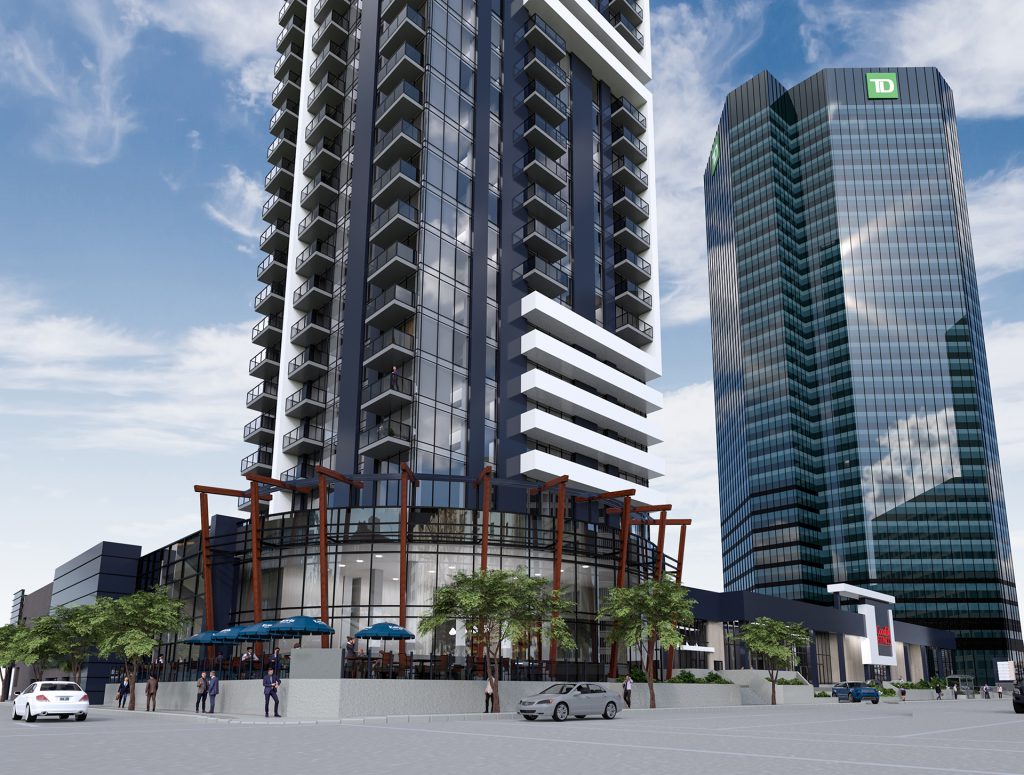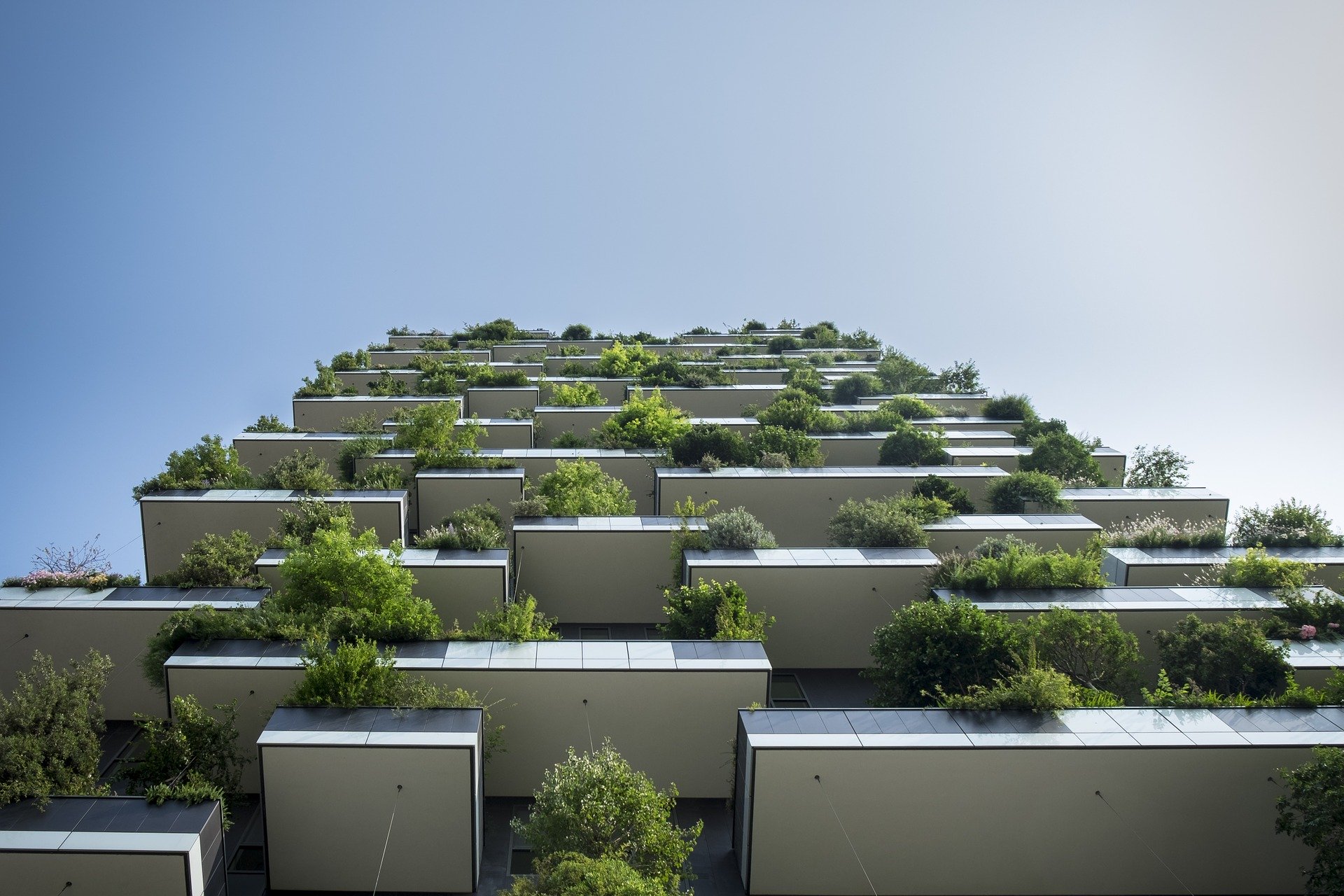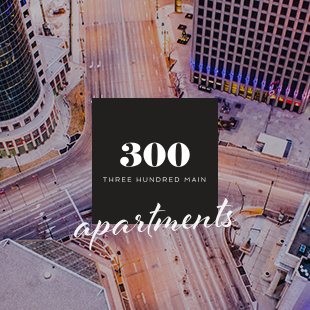Canadians are increasingly living in cities, and Winnipeg is no exception. It can sometimes be hard for communities with fast-growing populations to keep up with the infrastructure needs for new residents. That’s why many cities are gravitating towards more high-density housing as part of their “smart growth” strategies.
What is High-Density Housing?
High-density housing simply is housing that packs more people per geographic unit. For example, 300 Main is a 40-storey apartment building that will be home to several hundred city dwellers. Communities that are urbanizing sometimes encourage developers to add higher-density complexes to their downtown areas. There are many advantages to these tall multiplexes.

Higher-density neighbourhoods have a strong sense of community and connectedness because people are just in closer contact with each other. High-density housing usually entails high-rise buildings such as 300 Main. Higher population density is essential for developing busy, vivacious neighbourhoods with lots of features. It allows for beautiful public spaces like downtown Winnipeg to make life convenient, enjoyable and, most importantly, green!
Sustainable Design
As cities boom in population and invest to meet the needs of their new citizens, sustainability has also become a major focus. High-rise apartments are one of the easiest ways to make a community more sustainable. They have a smaller footprint than that of many smaller buildings.

If neighbourhoods want to continue to grow, all they need to do is look up! Building up, or even on top of, is more environmentally-friendly than conventional demolished-site redevelopment.
Size Matters (For Energy)
Denser neighbourhoods that include apartment blocks or condos also use less energy. Residences that are stacked or bunched should use less energy. For example, an apartment suite in 300 Main is more efficient to heat and cool than a detached suburban house. So even on cold winter nights (which us Winnipeggers know sometimes start in October), if every apartment suite were to turn their heat up, they’d be using less energy than the equivalent number of houses. Higher-density neighbourhoods also create fewer harmful emissions. As Richard Florida at CityLab says, “When it comes to greenness, size matters.”
Encourages more Walking, Cycling and Use of Public Transportation
Though downtown areas can seem busy, there are major benefits to living and working downtown. Dense downtown neighbourhoods help residents drive less and walk more, without giving up their lifestyles. Research has shown that lower density promotes sedentary behavior. If your home is far away from the grocery store and your office, you’re going to spend more time in a car and less time being active.
High-density housing encourages walking and cycling because everything is closer together! Transit is also promoted by high-density housing, as transit connections become more common when neighborhood density increases. Many city dwellers find it more convenient to jump on a transit bus and be at work in a stress-free jiffy, rather than drive to work, deal with traffic, and find parking. Talk about a headache!
Individuals who live in suburban areas can also benefit from people taking transit to work. Fewer cars on the road equal fewer harmful emissions, like carbon dioxide.
What’s Big, Green, and Sustainable?
High-density housing is a sustainable choice for growing cities. Tall buildings are more than just towers of concrete and steel; they’re a fundamental part of successful urbanization. They offer a greener, less wasteful, and more energy-efficient way of life.





